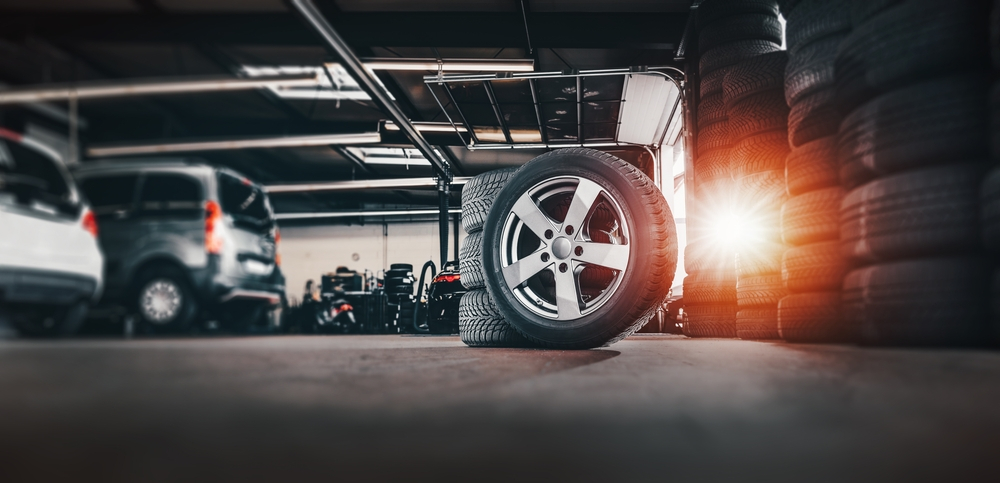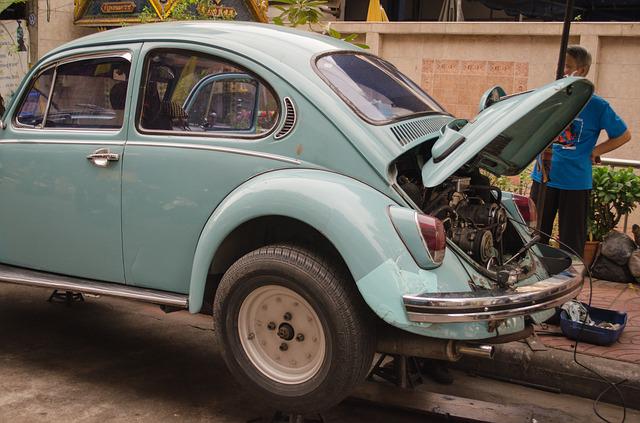How Can You Manage Punctures And Leaks: A Complete Guide
Find Used Engines and Transmissions for a Great Price! Live Assistant For Used Engines Call 1800-518-9776

Every car owner is bound to experience leaks and punctures at some point throughout their driving career. Knowing how to handle punctures and leaks is crucial, whether you operate a car, motorcycle, bicycle, or any other type of wheeled transport with pneumatic tyres. The origins of punctures and leaks, their possible effects, and the different techniques and instruments available for handling and preventing them will all be covered in this comprehensive guide.
Causes
-
Tyre ageing: Over time, tyres may lose their suppleness and become brittle. This could make them more prone to cracks, which could result in slow leaks over time.
-
Sharp things: Some of the most frequent causes of punctures are sharp things, including nails, screws, glass shards, and metal shavings. These things can cause air leakage by making holes in the tread of the tyre.
-
Potholes and road debris: Hitting potholes, jagged pebbles, or other road debris can cause instant punctures or structural damage to the tyre, which can result in leaks.
-
Improper inflation: Low tyre pressure can result in severe sidewall flexing, which raises the possibility of leaks and damage. The tyre may be more vulnerable to damage from road hazards if it is overinflated.
-
Leaks at the valve stem: The valve stem is where air is injected into the tyre, and leaks can occasionally happen there. Damage, deterioration, or a loose valve core are all potential causes of this.
Consequences
-
Safety Concerns: A rapid puncture or leak can affect a vehicle's stability and control, raising the possibility of an accident, particularly at high speeds or in inclement weather.
-
Extensive Tyre Damage: Ignoring or disregarding punctures and leaks can result in more extensive tyre damage, requiring expensive repairs or tyre replacements.
-
Reduced Tyre Performance: Punctures and leaks can make it difficult for the tyre to keep the right air pressure, which has a negative impact on handling, traction, and fuel efficiency.
-
Patch kits: There are many different types of patch kits, such as plug-style kits and patch-and-glue kits. They are useful equipment to keep in your car for emergencies and are made for fixing bigger punctures.
-
Tyre repair services: More severe damage or leaks can be fixed by qualified tyre repair services. They are equipped with the knowledge and know-how to safely inspect and fix tyres.
-
Continual inspections: Check your tyres frequently for signs of wear, embedded objects, or damage. Addressing difficulties as soon as they arise might stop small ones from getting worse.
-
Spare tyres: Most cars have a spare tyre and a jack as standard equipment. Any driver can benefit from learning how to change a flat tyre with a spare.
-
Tyre sealants: For treating minor punctures, tyre sealants are a common solution. They can either be injected into the tyre after a puncture or pre-installed in the tyre. In order to stop air loss, the sealant creates a transient stopper.
-
Avoid dangers: Drive carefully when navigating potholes, rocky terrain, or streets that are littered with debris. When at all feasible, attempt to steer clear of these dangers, and when doing so, drive at a safe speed.
-
Valve Stem Upkeep: Regularly inspect and swap out valve stems and valve cores as necessary. This may stop air leaks around the valve.
-
Tyre rotation: To maintain even wear and increase the lifespan of your tyres, rotate them on a regular basis. As a result, leaks brought on by uneven wear patterns may be reduced.
-
Tyre maintenance: it procedures should be followed to keep tyres inflated to the required levels and to check them frequently. Underinflation and overinflation problems can be avoided with one easy approach.
-
Replacement: Tyres should be promptly replaced when they have worn past the recommended level of wear. More damage and punctures can occur on worn tyres.
Management
Prevention
Conclusion
Owning a car inevitably involves dealing with leaks and punctures. You can, however, effectively oversee and avoid these problems if you have the necessary information and resources. You may significantly improve your capacity to deal with punctures and leaks that arise by doing routine maintenance, caring for your tyres properly, and keeping the required tools and repair kits on hand.
Used Engines is a service-oriented business that is operated by automobile enthusiasts with a passion for and ability to handle engines. We make it quite simple for you and your family to get your vehicles' transmissions and engines checked out for high-quality used components.
related
You May Also Like

Which BMW Has the Most Horsepower?
A car is useless if it doesn’t have good horsepower. Just imagine driving your car with sluggish acceleration and it drags on the road whenever you take it for a spin.
Read Article
10 Best Engines Made So Far By Top Engine Manufacturers
Over the years, the car industry has seen major changes. Car engines have become smarter and it looks like every new engine that rolls out is better than the other.
Read Article
How to Make Your Car Last Forever?
Isn’t it lovely when a new car works the way you want? The gears shift smoothly and the wheels roll without dragging against the road. But as your car gets older, you’ll notice that it doesn’t drive smoothly, has lower fuel mileage, and overheats easily.
Read Article